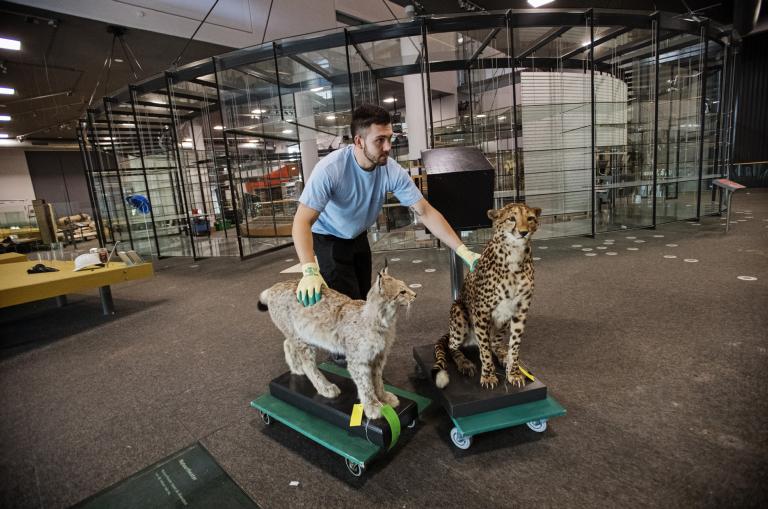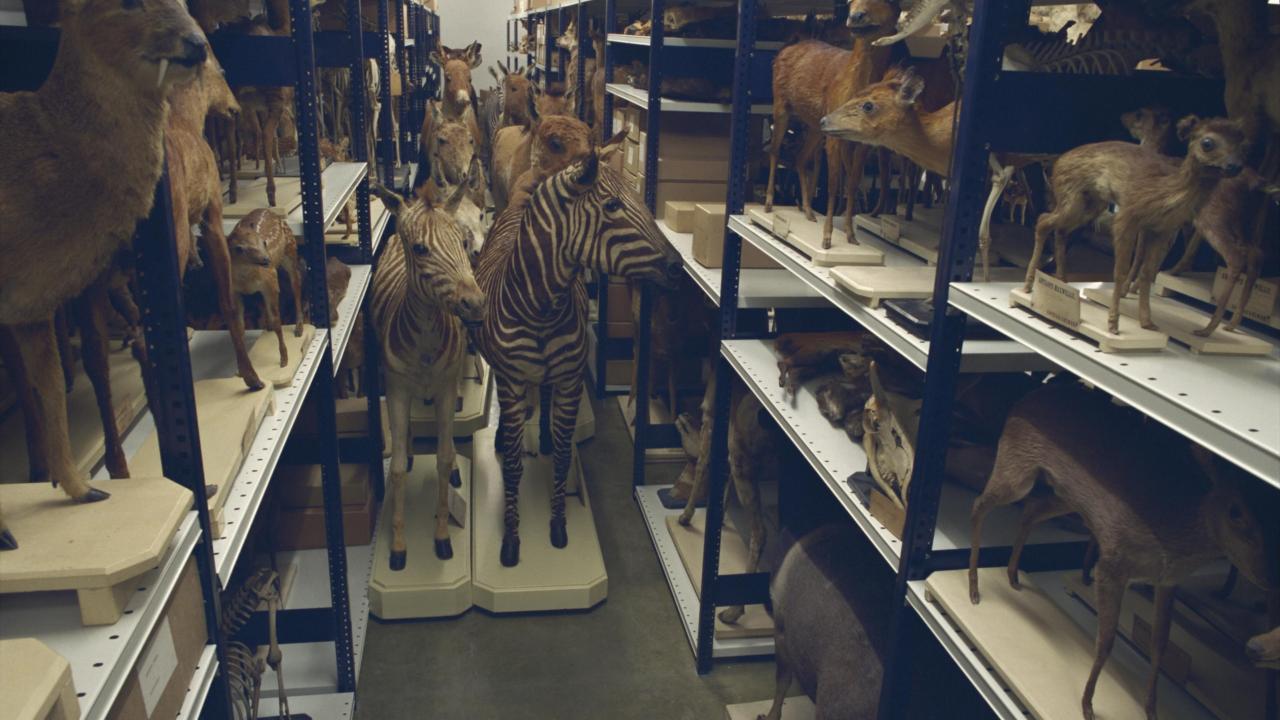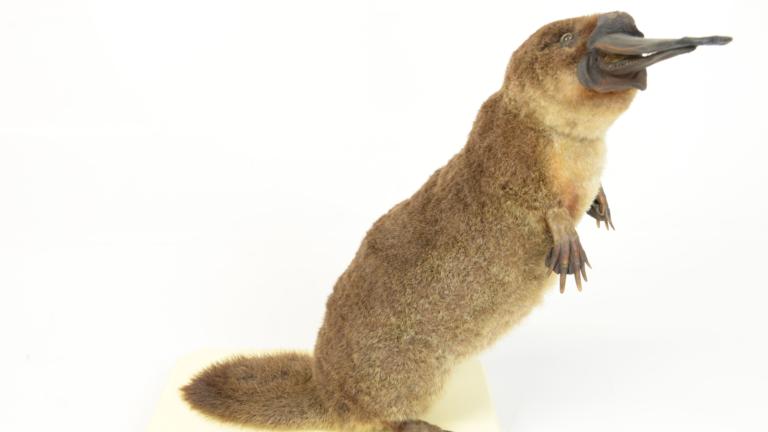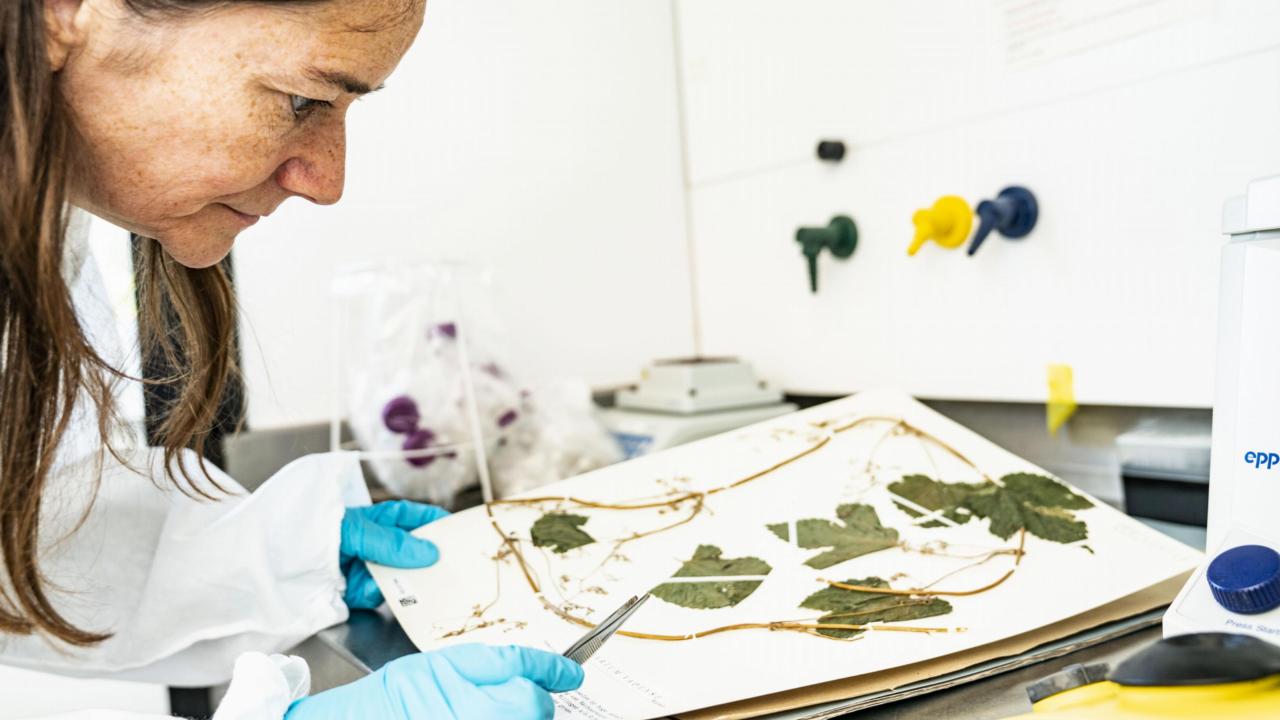
Both for science and the public, we make the collection accessible by lending objects for research and exhibitions. Lending makes research possible and increases the usefulness and value of the collection. However, there are conditions attached to a loan.
Loans forexhibitions
Institutions registered with the Dutch Museum Register can apply to borrow collection items for exhibition purposes.
A museum loan request consists of a motivation for the requested objects, details about the exhibition and the circumstances. The loan should be requested at least three months before the start of the exhibition. It is recommended to contact the Naturalis loan administration before submitting a formal request.


Loans forscience
Researchers employed by a scientific, collection-managing institute can borrow material from the Naturalis collection for scientific research. There are conditions attached to requesting a loan. A formal loan request can also be submitted to our loan administration. Please count on a processing time of at least one month.
Not all objects are on loan; Naturalis does not lend unique material or primary types. The condition of the objects must permit transport. However, these objects are often available for examination during a visit to Naturalis. Naturalis also already offers a lot of information digitally, so the physical object is not always needed.
